Rising Demand for Renewable Energy
The Fuse Rails Market is experiencing a notable increase in demand driven by the global shift towards renewable energy sources. As countries strive to meet their energy targets, the integration of renewable energy systems, such as solar and wind, necessitates robust infrastructure, including fuse rails. This trend is underscored by the fact that the renewable energy sector is projected to grow at a compound annual growth rate of over 8% in the coming years. Consequently, the Fuse Rails Market is likely to benefit from this expansion, as manufacturers seek to provide reliable and efficient solutions to support the growing number of renewable installations.
Increased Focus on Safety Standards
The Fuse Rails Market is witnessing a heightened focus on safety standards, which is influencing product development and market dynamics. Regulatory bodies are continuously updating safety regulations to ensure the reliability of electrical systems, thereby necessitating the use of high-quality fuse rails. This trend is particularly evident in sectors such as construction and manufacturing, where compliance with safety standards is critical. As a result, manufacturers in the Fuse Rails Market are likely to invest in research and development to create products that meet or exceed these stringent safety requirements, thereby enhancing their competitive edge.
Infrastructure Development Initiatives
Infrastructure development initiatives across various regions are significantly influencing the Fuse Rails Market. Governments are increasingly investing in modernizing their electrical grids and transportation systems, which necessitates the use of advanced fuse rail technologies. For instance, the investment in infrastructure in North America alone is expected to reach trillions of dollars over the next decade. This surge in infrastructure projects is likely to create substantial opportunities for the Fuse Rails Market, as the demand for high-quality, durable fuse rails becomes paramount to ensure safety and reliability in electrical systems.
Growing Electrification in Emerging Markets
The Fuse Rails Market is benefiting from the growing electrification in emerging markets, where access to electricity is becoming increasingly prioritized. As these regions develop, the demand for reliable electrical infrastructure, including fuse rails, is surging. Reports indicate that electrification rates in several developing countries are expected to rise significantly, leading to increased investments in electrical systems. This trend presents a substantial opportunity for the Fuse Rails Market, as manufacturers can cater to the unique needs of these markets, providing tailored solutions that support their electrification goals.
Technological Innovations in Electrical Systems
Technological innovations are reshaping the Fuse Rails Market, as advancements in electrical systems lead to the development of more efficient and safer fuse rail solutions. The introduction of smart grid technologies and automation in electrical distribution systems is driving the need for enhanced fuse rail products. These innovations not only improve operational efficiency but also reduce maintenance costs, making them attractive to end-users. As the market for smart electrical systems expands, the Fuse Rails Market is poised to capitalize on these trends, potentially increasing its market share and driving revenue growth.


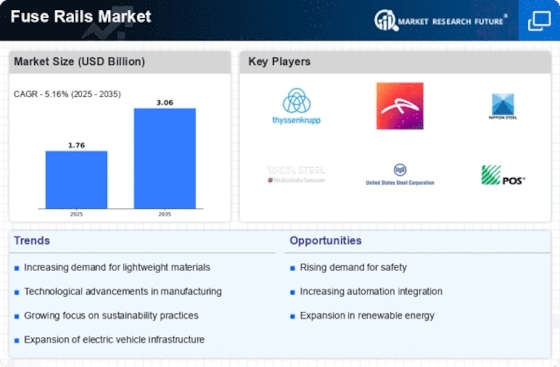
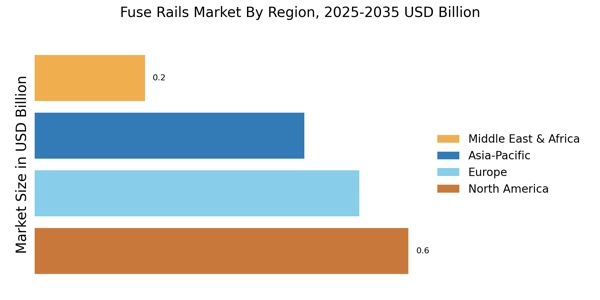

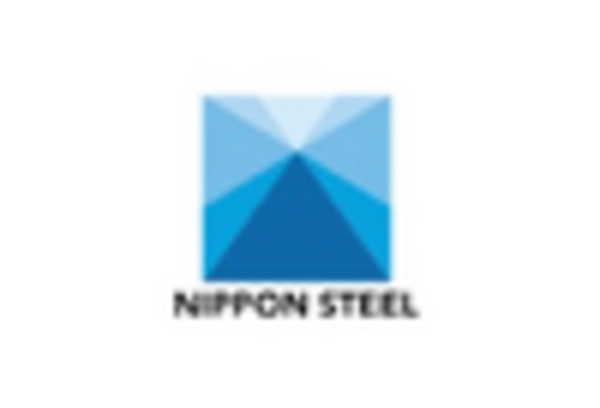

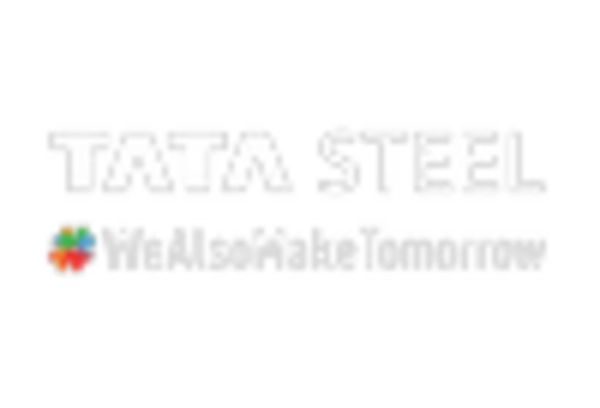

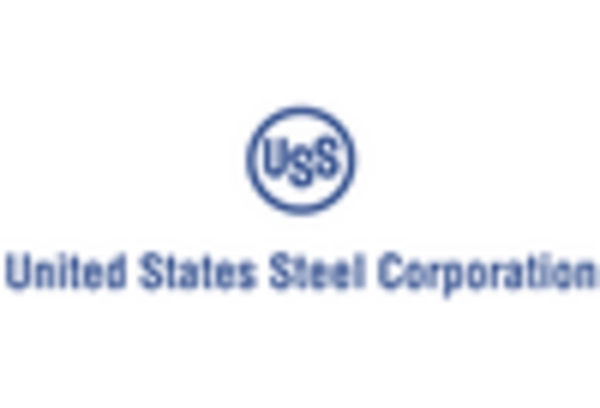








Leave a Comment